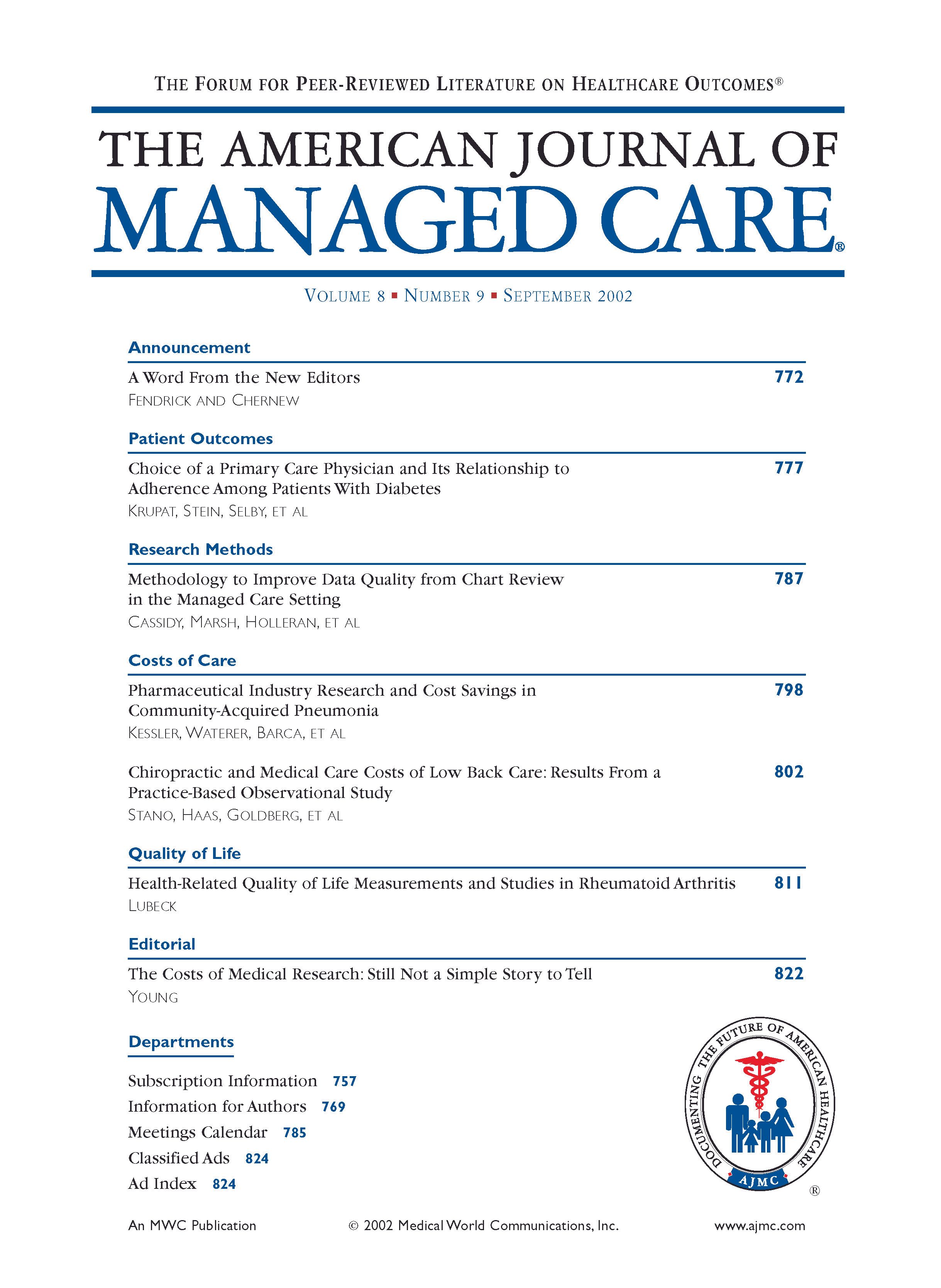- Center on Health Equity & Access
- Clinical
- Health Care Cost
- Health Care Delivery
- Insurance
- Policy
- Technology
- Value-Based Care
Racial Disparities
Exploring Racial Differences in Asthma Incidence and Age at Diagnosis
Joseph CLM, Havstad SL, Peterson EL, Ownby DR, Johnson CC
Contact:
Christine LM Joseph, PhD, Research Epidemiologist, Henry Ford Health System,Biostatistics & Research Epidemiology, 1 Ford Place, Suite 3E, Detroit, MI 48202.
Background: Researchers strive to identify definitive reasons for racial disparities in asthma morbidity and mortality. It is unclear as to when the disparity begins, as few studies have explored a racial divergence in asthma incidence. To do so would require a racially diverse population followed from birth.
Objective: To examine racial differences in the incidence and age of onset of asthma among children enrolled in a racially diverse managed care organization (MCO).
Methods: We obtained all inpatient/outpatient encounters for children born 1992-93, who were members of a large MCO, and who were continuously enrolled from birth through 12/31/98. Asthma was defined as any visit assigned the ICD-9 code 493.
P
P
Results: Over 6600 children met birth date criteria, and of those 3562 (53%) met enrollment criteria. The sample was 30% African American (AA), and 48% female. Overall cumulative incidence of asthma by age 6-7 years (yrs) of age, was 18.4% (95% CI = 17.1-19.7), with an overall mean age of diagnosis = 2.7 yrs (standard deviation = 1.7). Cumulative incidence of asthma for AA children was 22.9% (95% CI = 20.4- 25.4) vs 16.5% (95% CI = 15.0-17.9) for non-AA children. A proportional hazards model revealed that AA were more than 30% more likely to have an asthma encounter by age 1-7 yrs when compared to non-AA children (hazard ratio = 1.36, 95%CI = 1.16-1.60, < .001). Age at onset of asthma appeared similar by race; mean age for AA and non-AA was 2.8 yrs and 2.7 yrs, respectively. Adjusting for gender did not change the results (adjusted hazard ratio = 1.37, 95%CI = 1.17-1.61, = .0014).
Conclusions: In summary, incidence of asthma by age 6-7 yrs was significantly higher for AA children vs non-AA children. Our results suggest that racial differences in asthma may begin very early in childhood. Racially diverse birth-cohort studies are needed to determine if differences observed in infancy drive the racial disparities in asthma prevalence and morbidity we observe later in childhood and adolescence. MCO pharmacy claims and encounter databases can be valuable tools in exploring these issues.
Trends in Hospital Pricing for Vulnerable Emergency Department Users, 2021-2023
December 4th 2025Self-pay emergency department prices rose significantly from 2021 to 2023, especially at for-profit and system-affiliated hospitals, highlighting growing affordability challenges for uninsured and underinsured patients.
Read More
Integrated Care for Chronic Conditions: A Randomized Care Management Trial
December 3rd 2025The authors sought to understand the differential impact of payer-led community-based care management approaches on stakeholder-oriented outcomes for publicly insured adults with multiple chronic conditions.
Read More

